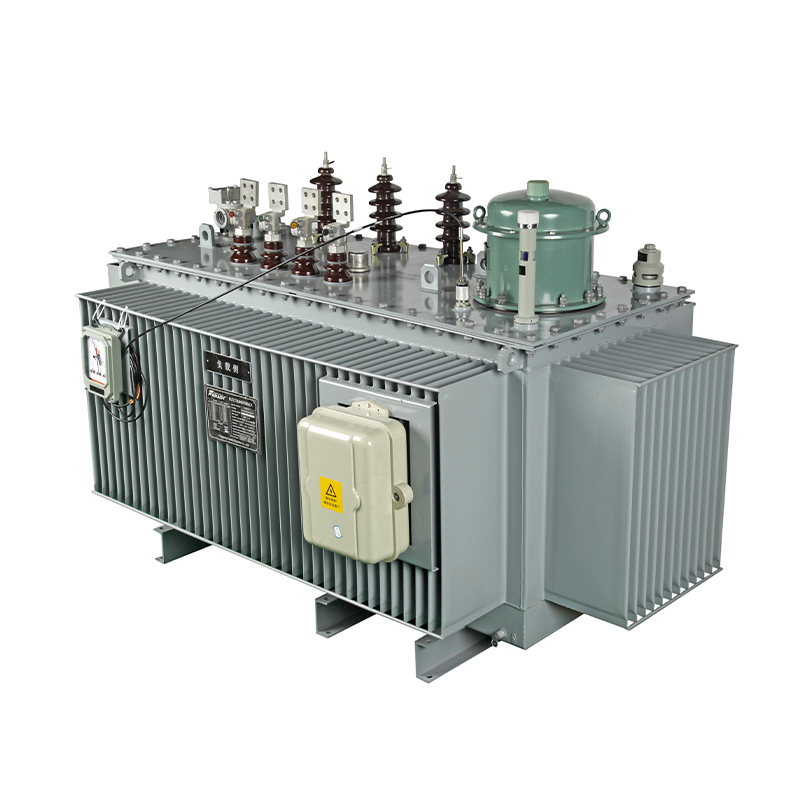Maintenance methods for stepper voltage regulators
The maintenance method of a stepper voltage regulator mainly includes the following steps:
1. * * Regular inspection and cleaning * *:
-It is recommended to conduct a comprehensive inspection and maintenance of the voltage regulator after approximately 200 hours of operation. According to actual usage, it can also be done every 350 hours of locomotive operation or when abnormal battery charging is found.
-Before disassembling the protective cover, the dust on the outer shell should be removed first to prevent dust from contaminating the contacts after opening the cover.
-Check the contact surface for dirt and burn damage. If there is dirt, use a clean tissue or thick paper to gently wipe the surface of the contact. Avoid using tools that may damage the contact surface.
2. Contact maintenance:
-If the contact is burned or uneven, resulting in poor contact, use "00" grit sandpaper or sand bars to smooth it out, ensuring that the contact is flat and in good contact. After grinding, be sure to wipe the contacts clean with clean paper.
3. * * Tightening and Measurement * *:
-Check the tightness of all joints, including resistors and coil resistors. If any looseness or damage is found, it should be repaired or replaced with new components immediately to maintain the stability of the circuit.
4. * * Parameter verification and adjustment * *:
-Check the closing voltage and reverse current of the circuit breaker, the limit voltage of the regulator, the limit current of the throttle, and the gaps and air gaps between various contacts. If these parameters do not meet the set values or technical requirements, corresponding adjustments should be made to ensure that the voltage regulator functions properly.
5. * * Functional testing * *:
-After adjustment, it is necessary to closely observe the indication of the charging ammeter when starting relevant equipment (such as diesel engines). If the ammeter still points to a negative value above medium speed, it indicates that the circuit breaker contacts have not disconnected, and immediate measures need to be taken to prevent damage to the battery, voltage regulator, and charging generator.
-If the ammeter still points to zero or an abnormal position after the device reaches its rated speed, it indicates that there may have been a problem with the previous adjustment and needs to be rechecked and adjusted to ensure compliance with technical specifications.
6. * * Follow the manual and guidelines * *:
-Ensure to operate according to the user manual and maintenance instructions of the voltage regulator. These documents typically provide detailed maintenance steps and precautions for specific models of adjusters.
By following the above maintenance methods, the service life of the stepper voltage regulator can be extended, ensuring its stable and reliable operation.
Relate Products
Relatenews
- Step Voltage Regulators: Key Specifications to Know 2025-09-05 15:31:00
- The Future of Step Voltage Regulators in Smart Grids 2025-08-25 08:16:00
- Efficiency Metrics for Step Voltage Regulators 2025-07-19 08:45:00
- Step Voltage Regulators: Addressing Voltage Flicker in Welding Operations 2025-07-08 17:49:00
- Application and Challenges of step voltage regulator in Ocean Engineering 2024-12-26 15:41:41
- Seismic performance evaluation and reinforcement suggestions for step voltage regulator 2024-12-26 15:41:39
- Compact Design and Space Optimization Scheme of step voltage regulator 2024-12-26 15:41:38
- Discussion on the Integration of Intelligent Manufacturing and Industrial Internet of Step by step voltage regulator 2024-12-26 15:41:37





